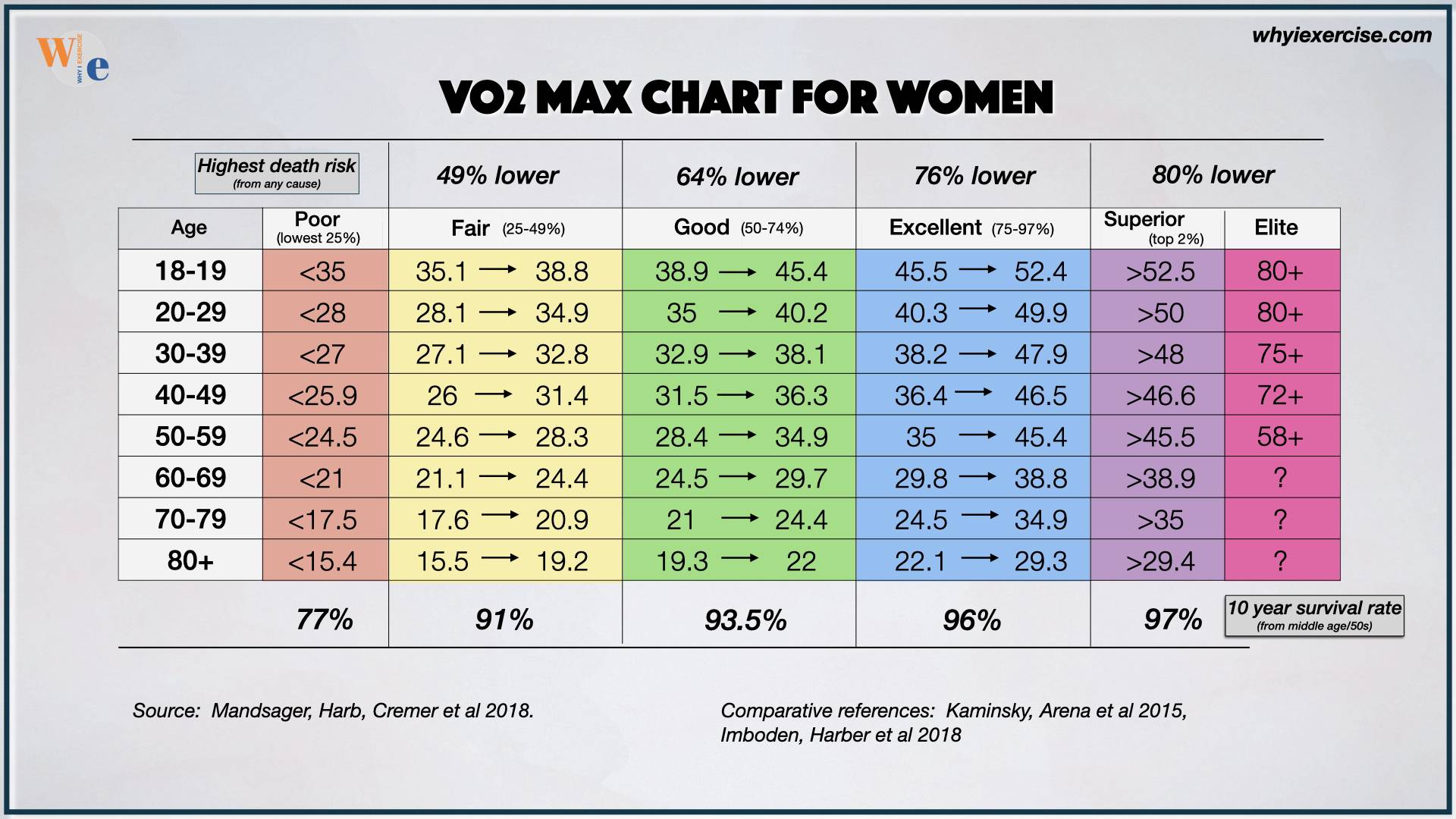VO2 Max is more than just a number on your fitness tracker; it’s a critical metric for understanding your athletic potential and overall cardiovascular health. Fitness enthusiasts, endurance athletes, and the health-conscious alike are becoming increasingly aware of its importance. But what does having a “42 VO2 Max” really mean, and how can you improve it? This guide breaks it all down for you.
What is VO2 Max and Why Does It Matter?
VO2 Max, shorthand for “maximal oxygen uptake,” is the maximum amount of oxygen your body can utilize during intense exercise. Often seen as a gold standard for aerobic fitness, it assesses how well your body delivers oxygen to your muscles and how effectively those muscles use oxygen.
Think of it like a car’s engine. The higher the VO2 Max, the bigger and more efficient that engine is, allowing you to sustain higher performance levels for longer.
A higher VO2 Max equates to improved endurance, a better fitness level, and a reduced risk of cardiovascular diseases.
Understanding a VO2 Max of 42
If your VO2 Max is 42, what does it mean? Here’s a breakdown of what this number signifies based on general fitness categories.
- For Women (30-39 years): A VO2 Max of 42 is considered “Excellent.” It indicates a higher-than-average cardiorespiratory fitness level.
- For Men (30-39 years): A VO2 Max of 42 is categorized as “Good,” reflecting strong aerobic capabilities.
While these benchmarks differ by age and gender, a VO2 Max of 42 positions you well in terms of general fitness and endurance. However, there’s always room to improve, especially if your goal is peak performance.
Factors Influencing VO2 Max Levels
A variety of factors influence your VO2 Max, and not all of them are under your control.
- Genetics
Your genetic makeup plays a crucial role. Some people are naturally predisposed to higher VO2 Max levels, but this doesn’t mean you can’t improve yours with effort.
- Age
VO2 Max naturally declines with age. After your 30s, it may decrease by 1% per year if you don’t actively train.
- Lifestyle
Factors such as smoking, poor diet, and lack of exercise can all negatively impact VO2 Max.
- Training
Consistent aerobic and interval training can lead to significant improvements.
- Altitude
Living or training at higher altitudes can stimulate your body to use oxygen more efficiently, thereby increasing VO2 Max.
How Fitness Trackers Can Help Monitor and Improve VO2 Max
Many modern fitness trackers and smartwatches come equipped with VO2 Max estimation features. Devices like the Garmin Venu Sq 2 or Apple Watch Series 10 use heart rate, activity data, and advanced algorithms to calculate your VO2 Max.
Fitness trackers can help you by:
- Monitoring trends in your VO2 Max over time.
- Offering insights into the intensity of your training sessions.
- Helping you develop personalized workout routines to enhance oxygen efficiency.
For accuracy, fitness trackers often pair with smartphone apps that offer additional insights, like recovery times and performance forecasts.
How to Improve Your VO2 Max
While some aspects of VO2 Max are genetic, you can still make meaningful improvements with specific training methods.
1. Interval Training
Engage in high-intensity interval training (HIIT) sessions to challenge your aerobic and anaerobic systems. For example, alternate between 1-2 minutes of intense running and 2-3 minutes of slow jogging.
2. Long-Distance Cardiovascular Training
Endurance exercises like cycling, swimming, and running enhance your body’s oxygen efficiency when performed consistently over time.
3. Strength Training
Building muscle strength indirectly impacts VO2 Max by improving overall endurance and performance during cardiovascular activities.
4. Focus on Recovery
Adequate rest and recovery are crucial for allowing your body to adapt to the demands placed during intense exercise.
5. Optimize Nutrition
A balanced diet rich in lean proteins, complex carbs, and healthy fats fuels your training sessions and supports cardiovascular health.
6. Altitude and Hypoxic Training
If possible, train in higher altitudes or invest in hypoxic training tools to teach your body to work with less oxygen, increasing efficiency.
Role of Genetics and Lifestyle in VO2 Max
Although genetics set a baseline for VO2 Max, your lifestyle largely determines the extent to which you reach your potential. Regular exercise, healthy nutrition, and avoiding harmful habits like smoking are key to optimizing your VO2 Max.
Debunking Myths About VO2 Max
Myth 1: The Higher, The Better
While a higher VO2 Max is generally desirable for athletes, it’s not the sole determinant of fitness. Strength, endurance, and technique also matter.
Myth 2: Only Elite Athletes Need to Know Their VO2 Max
Knowing your VO2 Max can be beneficial for anyone interested in tracking and improving their fitness, regardless of athletic experience or goals.
Setting Realistic Goals for VO2 Max Improvement
For most people, improving VO2 Max takes time and consistency. Start by setting achievable goals, such as increasing your VO2 Max by 5-15% over six months through dedicated training and lifestyle adjustments. Partnering with fitness apps and health professionals can help you stay on track.
The Future of VO2 Max Testing and Training
Technology is advancing rapidly. Soon, we may see even more accurate and affordable fitness trackers capable of real-time breath analysis for VO2 Max monitoring. Personalized AI training plans based on VO2 Max data are also becoming more prevalent, ensuring targeted and efficient workouts.
Final Thoughts
A VO2 Max of 42 is more than a number; it’s an insight into your fitness level and a benchmark for improvement. By understanding what it means and incorporating specific strategies to enhance it, you can reach new heights in your fitness and endurance.
Start your fitness journey today, and explore tools like the Garmin Venu Sq 2 or Apple Watch Series 10 to track and improve your VO2 Max. Small, consistent efforts can lead to monumental gains.








